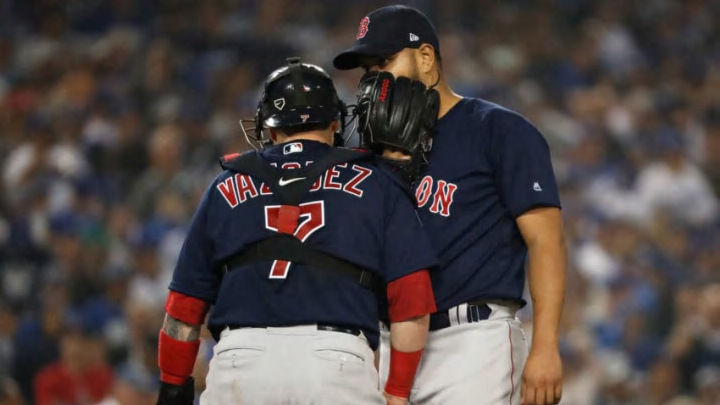
The World Series managers’ use of their starters and bullpens in Game 4 provide plenty of opportunity for second-guessing
Pitching – or lack thereof – was the whole story in Game 4 of the World Series Saturday night. By scoring nine times with Dodger relievers on the mound, Boston batters delighted second guessers everywhere who wonder about a manager’s use of his staff.
In his team’s 9-6 victory, Red Sox manager Alex Cora also maneuvered himself into and out of the second-guessers line of fire several times.
Cora and Dodger manager Dave Roberts jointly employed nine relievers, all but two of whom allowed at least one run to score. Both managers also raised eyebrows with their willingness – or reticence – to lift their starting pitchers.
Despite what managers, stat geeks and TV announcers will sometimes assert, pitcher use decisions are rarely formulaic …at least they don’t work out that way. That’s because most pitchers’ performance levels vary from game-to-game. The image is often presented of bullpens as infallible bastions of 100-mph throwing missile launchers rendering batters helpless. But that image fails to consider that pitchers are human.
The same is particularly true of starters. Although the general line of logic is that starters begin to lose it the third time through the order and are virtually worthless by 100 pitches, that is not always the case. And even if it is, they may still be better than the guy chosen to replace them. Judgment is required. And with judgment comes debate.
The repeated need for both Roberts and Cora to address this conundrum – when is the right time to remove pitcher – enlivened Saturday’s game.
Here’s a review of their decisions, why they were made and how they worked out.
